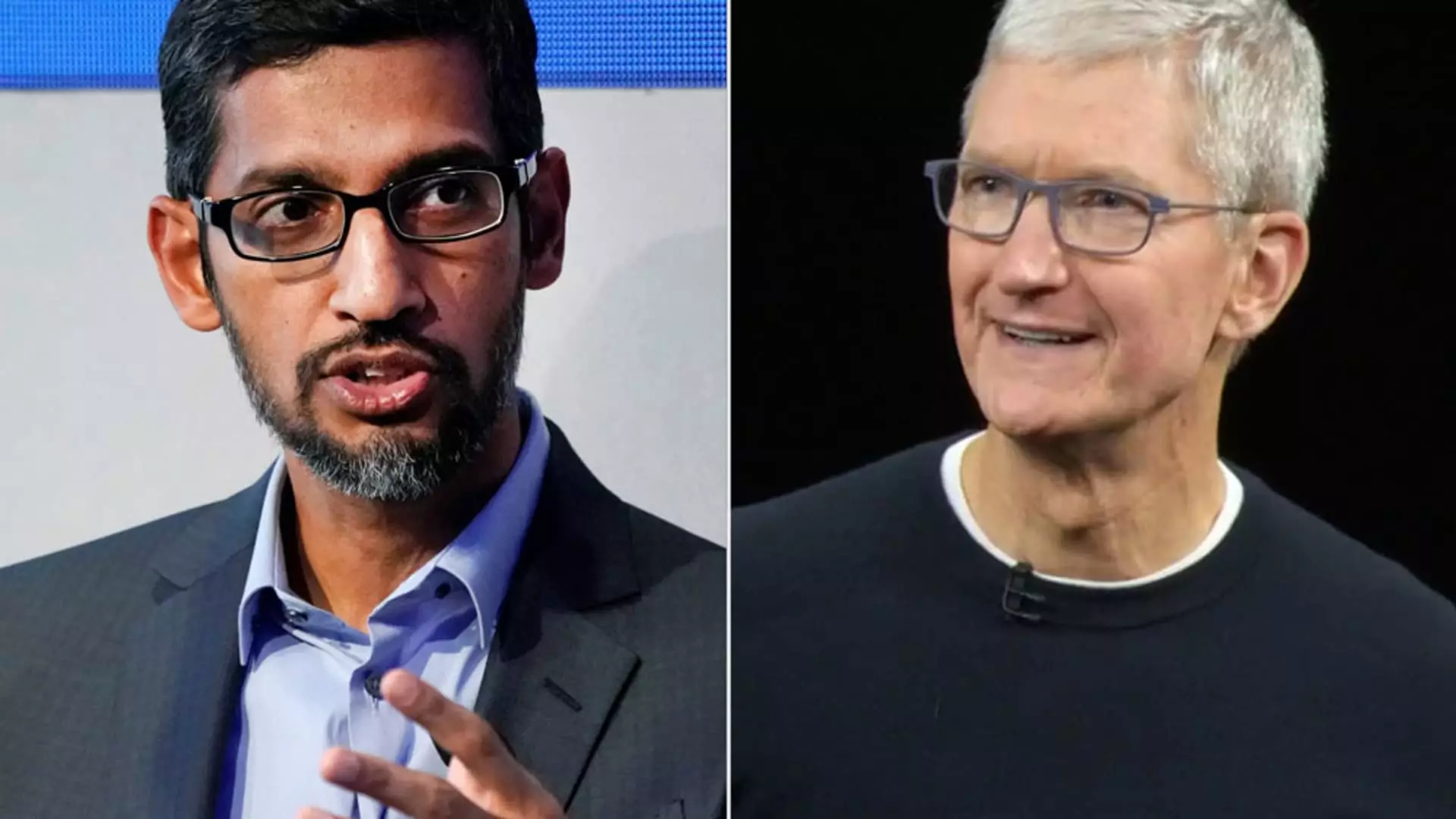In a recent announcement, Apple revealed that they have opted to use Google’s Tensor Processing Unit (TPU) for training the artificial intelligence models that power their Apple Intelligence system. This move signifies a shift in the industry away from the dominance of Nvidia’s GPUs for cutting-edge AI training. Apple’s decision to utilize Google’s TPU was detailed in a technical paper released by the company, showcasing a growing trend among big tech companies to explore alternative options for AI training chips.
Nvidia’s GPUs have long been the preferred choice for high-end AI training chips in the market. However, their high price and limited availability have prompted companies like Apple to seek out other solutions for their AI needs. The demand for Nvidia GPUs has been so overwhelming in recent years that many organizations have struggled to acquire them in the quantities required for their projects. This scarcity has prompted tech giants like Apple to turn to Google’s TPUs and other alternatives for their AI training needs.
Industry Response to AI Infrastructure Investment
In response to the growing demand for AI infrastructure, industry leaders such as Meta CEO Mark Zuckerberg and Alphabet CEO Sundar Pichai have expressed concerns about overinvestment in this space. While acknowledging the high business risk associated with falling behind in AI technology, they have also cautioned against excessive investment in AI infrastructure. The delicate balance between staying competitive and avoiding unnecessary expenditures has become a key consideration for companies navigating the rapidly evolving AI landscape.
Apple’s Innovative AI Features
With the introduction of Apple Intelligence, Apple has unveiled a host of new features, including a revamped Siri interface, enhanced natural language processing capabilities, and AI-generated text summaries. Over the coming year, Apple plans to integrate generative AI functions into its system, enabling features such as image and emoji generation, as well as an advanced Siri that leverages personalized data to facilitate in-app actions. This move underscores Apple’s commitment to staying at the forefront of AI innovation and providing cutting-edge solutions to its users.
In their technical paper, Apple disclosed that their Apple Foundation Model (AFM) and AFM server are trained on “Cloud TPU clusters” provided by Google. This approach allows Apple to efficiently train their models at scale, including on-device and server-based training, as well as larger model configurations. Moreover, Apple revealed that AFM on-device was trained using the latest TPU v5p chips, while AFM-server utilized a network of 8192 TPU v4 chips configured to optimize performance. Google’s TPUs, which cost under $2 per hour when booked in advance, have emerged as a cost-effective and mature solution for AI training needs.
Overall, Apple’s adoption of Google’s TPUs for AI training signals a broader trend in the industry towards exploring alternative solutions to Nvidia’s GPUs. As companies like Apple continue to push the boundaries of AI innovation, the competition among chip manufacturers and cloud providers is heating up. By leveraging the latest advancements in AI hardware and software, companies can unlock new possibilities for AI-driven applications and services, paving the way for a more intelligent and interconnected future.

Leave a Reply